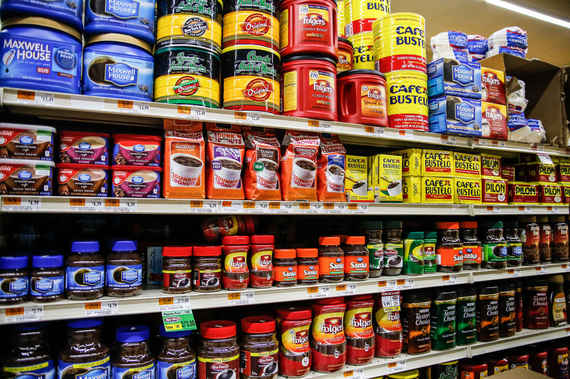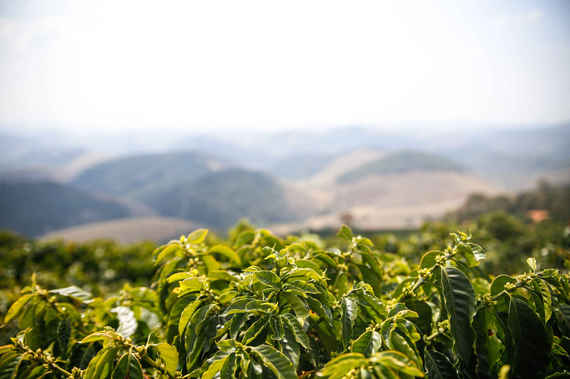By: Dan Gentile
What's the difference between the best and the worst coffee in the world? It's not just that the best coffee is often served to you by someone with an attitude and a sweet vest.
In fact, there's real differences in the coffee itself -- and to figure out just what separates the cream from the commodity crop, we spoke with Clancy Rose of Wild Gift Coffee, one of our best new roasteries and second-place winner of the Roasters Choice Award at the 2015 U.S. Coffee Championships. Read on to find out what it takes to make some of the best coffee in the world (and the worst).
The microclimate in which the beans are planted
Coffee comes in many shapes and sizes. Well, mostly just one shape, but different coffee varietals respond best to different microclimates. If you're planting Geisha (a rare, treasured coffee varietal) in an area that's not suited for it, it won't result in a very high-quality bean. The best farmers match the varietal to the setting.
The description of the coffee's flavor profile
What makes a coffee special is its uniqueness. Although specialty roasters tend to get a little bit silly with their tasting notes, if a company uses generic terms like "smooth" or "bold," it implies that they haven't taken the care to bring out the more subtle characteristics.
The amount of attention paid to the drying process
Once coffee has been picked, there's a few different ways to dry out the moisture inside the beans. Basically you either lay them out to dry for several weeks, or use an expensive mechanical dryer. The highest-quality beans are monitored to make sure they don't mold, whereas lower-quality beans are just left out in the sun unattended because the labor cost of tending to them isn't worth it.
How long it's been on the shelf
If your coffee shop is brewing local beans from a decent roaster, they're probably serving that coffee within a week to ensure that it's at the perfect level of freshness. That's just not the case with larger, lower-quality brands.
More from Thrillist:
Like Thrillist on Facebook: www.facebook.com/Thrillist


